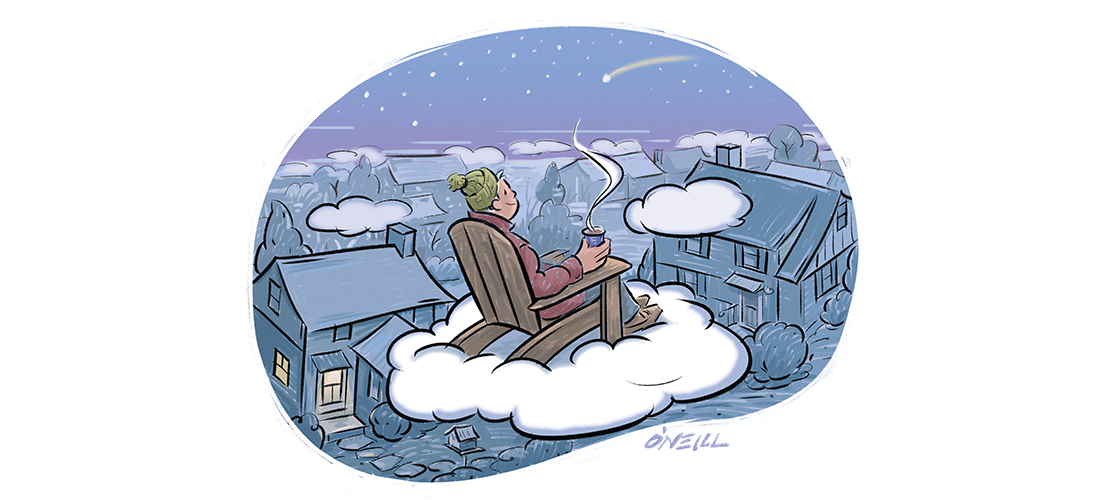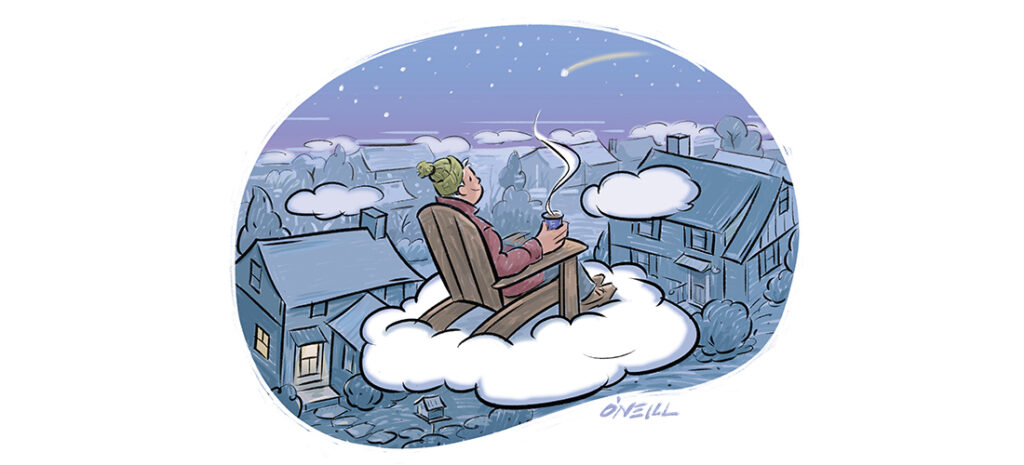Omnivorous Reader
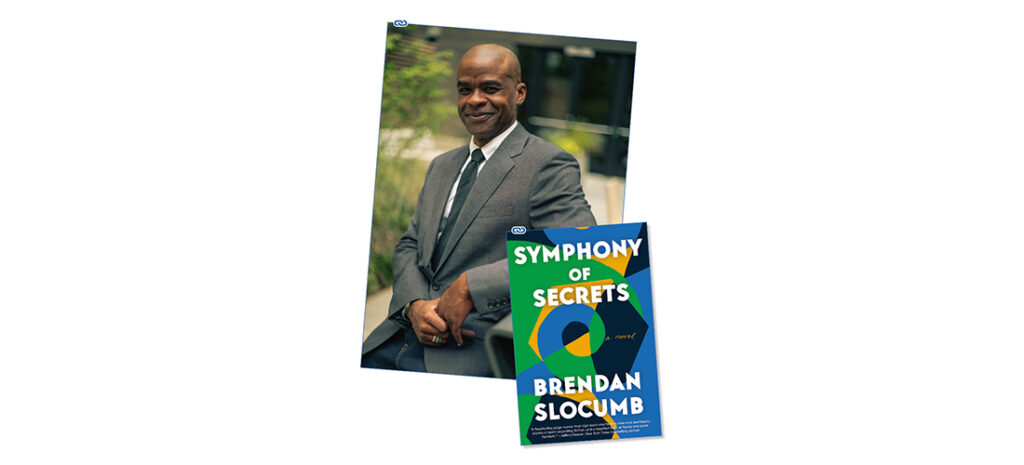
The Color of Music
Symphony of Secrets plucks at the heartstrings
By Anne Blythe
(Photograph By David Bickley)
Brendan Slocumb, a composer-turned-novelist with deep ties to North Carolina, hopes to one day be “the Stephen King of musical thrillers.” That’s what the author of Symphony of Secrets and The Violin Conspiracy told Katie Buzard, an Illinois Public Media arts writer, in a 2023 interview.
With two books in his repertoire from the past two years and a third due out in 2025, the gifted writer is well on pace to keep up with the “King of Horror,” whose first three books were published in a three-year span. Slocumb’s most recent, Symphony of Secrets, has been chosen as one of the 2024 selections for North Carolina Reads, a statewide book club created by N.C. Humanities, a nonprofit affiliate of the National Endowment for the Humanities, because of its exploration of “racial, social and gender equity and the history and culture of North Carolina.”
The book is set mostly in New York but features visits to Oxford and the Granville County public library. Building on some of the same themes from his first book, Slocumb continues to explore the torment of institutional and everyday racism in his second as he toggles between the present day classical music world and the 1920s and ’30s in New York.
The novel opens with Frederic Delaney, a deflated early 20th century composer whose plummet from stardom was almost as rapid as his meteoric rise, going through his pre-concert ritual 16 hours before his death — Champagne poured into two glasses and a toast to a photograph of his as yet unidentified collaborator.
We are quickly introduced to professor Bern Hendricks, a musicologist at the University of Virginia who has been consumed with Delaney (a composer of Slocumb’s invention) for much of his life. He knows every piece, all the operas and songs to the most minute detail.
Bern is deep into one composition, enjoying the layering of the alto and tenor saxes over the French horns — and the “French horns’ epic battle with the trombones, when the horns fought for supremacy, but the trombones would, in just seconds, kick their asses” — when he is summoned by the august and influential Delaney Foundation. It’s the organization that shaped Bern’s life from his early days in Milwaukee as a “poor bologna sandwich-eating kid with a beat-up French horn” to the respected academician he has become.
The foundation has uncovered what is believed to be the original draft of Red, a long-lost Delaney opera and an enigma of modern American music. It doesn’t take much coaxing to lure Bern from the Charlottesville campus to the foundation’s plush New York offices, even with the hush-hush of it all. His task is to authenticate Red, the final piece in Delaney’s Rings Quintet, a series of operas inspired by the yellow, blue, black, green and red rings of the Olympic flag.
What he discovers, though, with the help of Eboni Washington — a brilliant, sassy coding whiz from the Bronx — is a gripping history with the potential to destroy both the reputation of the composer Bern idolizes and the foundation interested in preserving an untarnished image of Delaney.
Central to the plot line is one of the most interesting characters of Slocumb’s Symphony: Josephine Reed, a neurodivergent Black woman from North Carolina with a gift for music. She arrives in New York in 1918 with a small, crumpled piece of paper in her gloved hand. We find out why she has traveled all that distance when she rounds a street corner and hears “a trombone, a clarinet and then a trumpet lifting itself up like a benediction, blessing the air with a run of notes that Josephine breathed in like the smell of the earth after a spring rain.”
She hears the sounds of the city — the subways, elevator doors, automobiles, the wind blowing through tunnels — in musical scales. “The wind whistled in a wavering B-flat up to an F-sharp,” Slocumb writes.
What further sets Josephine apart is how she sees music in colors: pinks, blues, greens, hints of brown, red and more. She has an innate vision and makes distinctive doodles on composition manuscripts that lead to the creation of masterpieces for which she never was credited — Delaney was. It was a photograph of Josephine that Delaney saluted shortly before his death.
Reed becomes a captive in an industry that devalues her because of her skin color and uniqueness. Though she eventually sheds her fragility and finds the confidence to stand up for herself, Josephine’s life comes to a tragic end. With her death, the story of the true composer of the celebrated Delaney operas remains buried until Bern and Eboni find a shipping trunk in the basement of one of Josephine’s distant relatives, and the real source of the operatic sensation that won global acclaim is unearthed.
Slocumb, who grew up in Fayetteville and got a degree in music education from UNC Greensboro, plucks at the heartstrings of his readers throughout Symphony of Secrets. In this fast-paced and galvanizing musical thriller, he reminds us that what’s past is, indeed, prologue, that white supremacy, cultural appropriation and access barriers that existed in the 1920s persist. PS
Anne Blythe has been a reporter in North Carolina for more than three decades covering city halls, higher education, the courts, crime, hurricanes, ice storms, droughts, floods, college sports, health care and many wonderful characters who make this state such an interesting place to live.

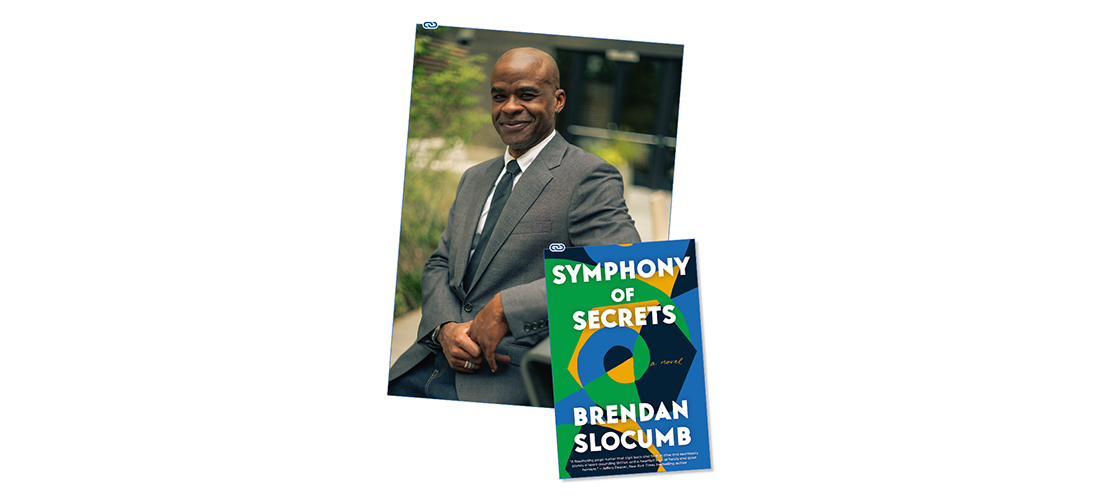




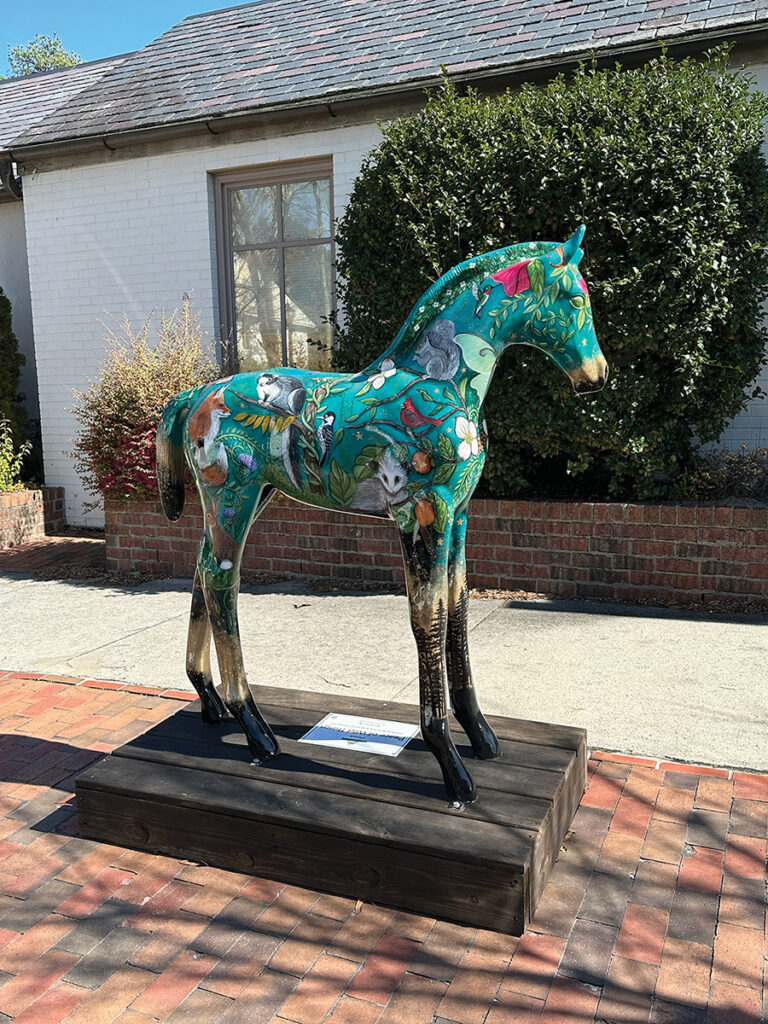
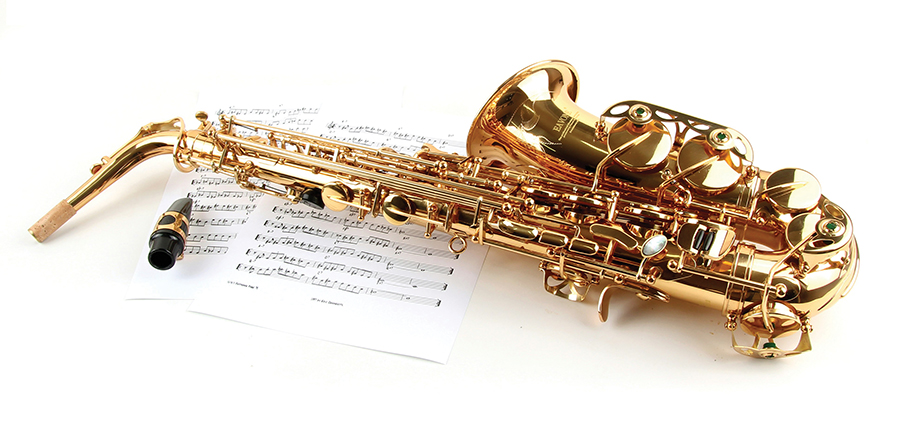
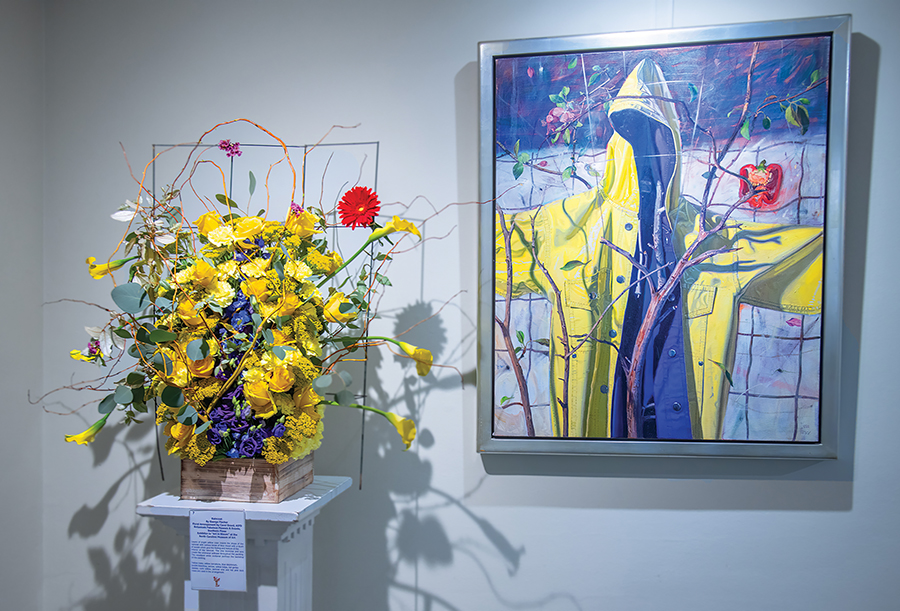

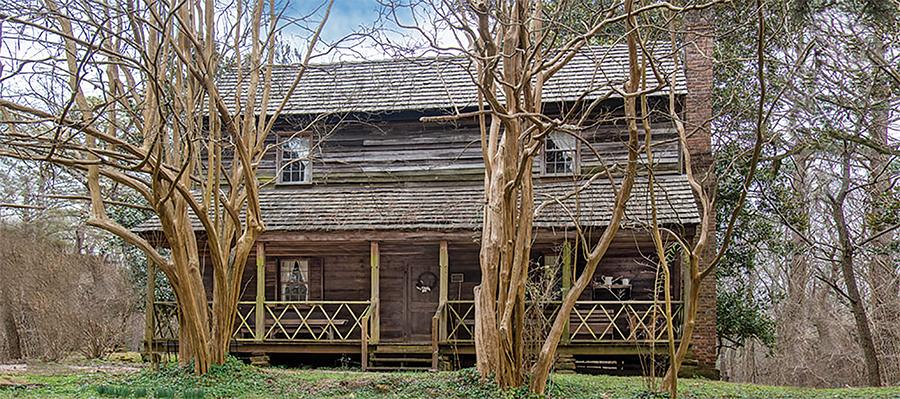
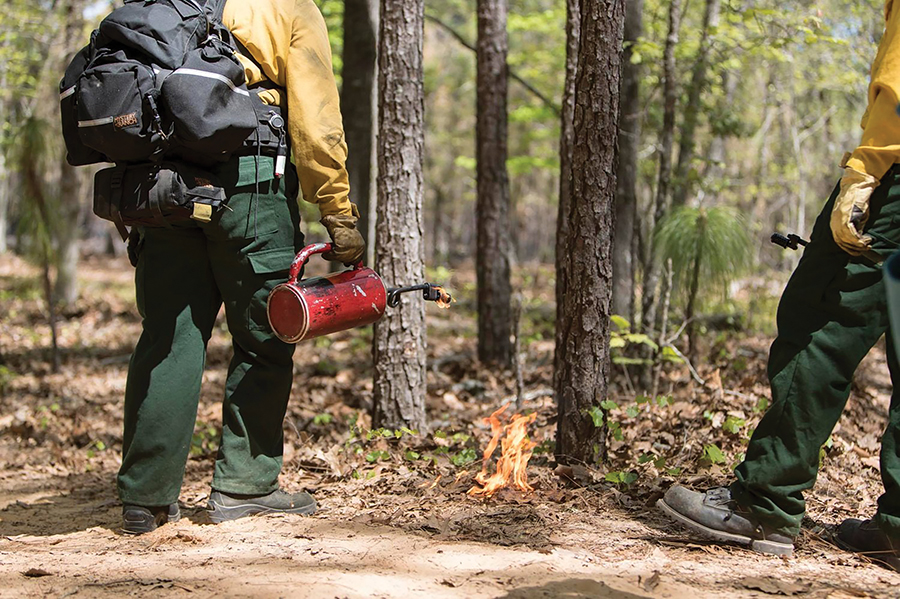

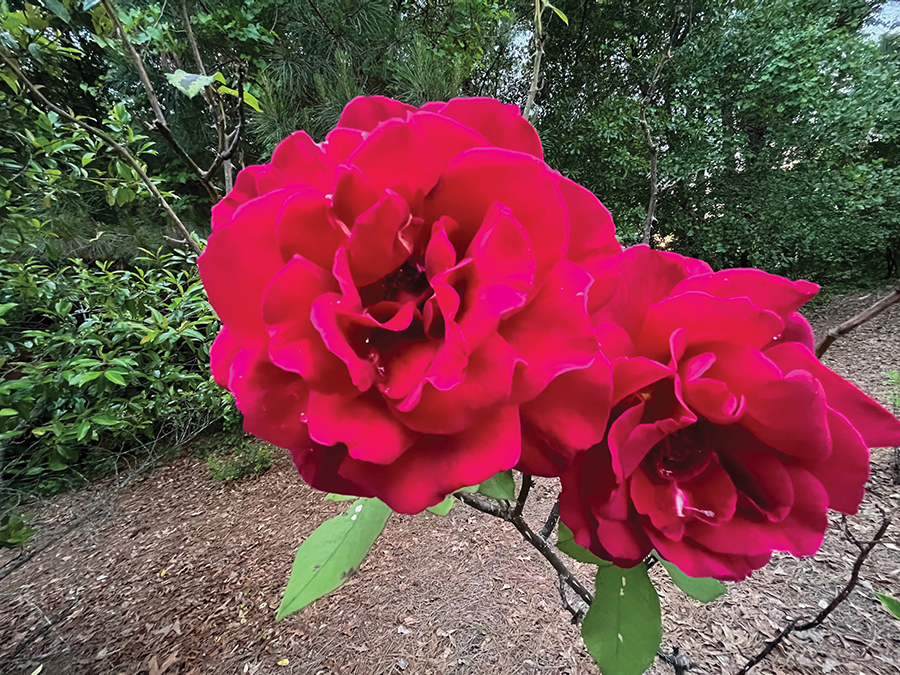
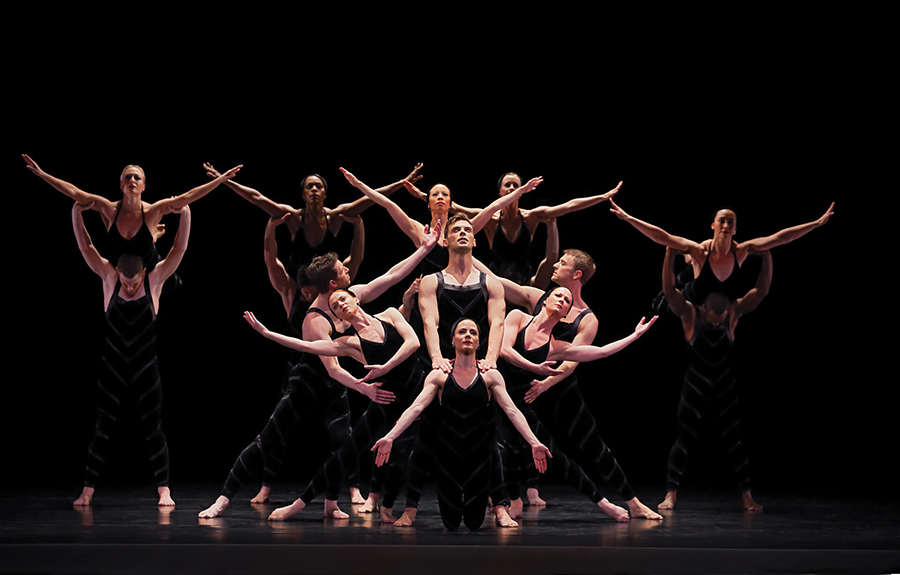





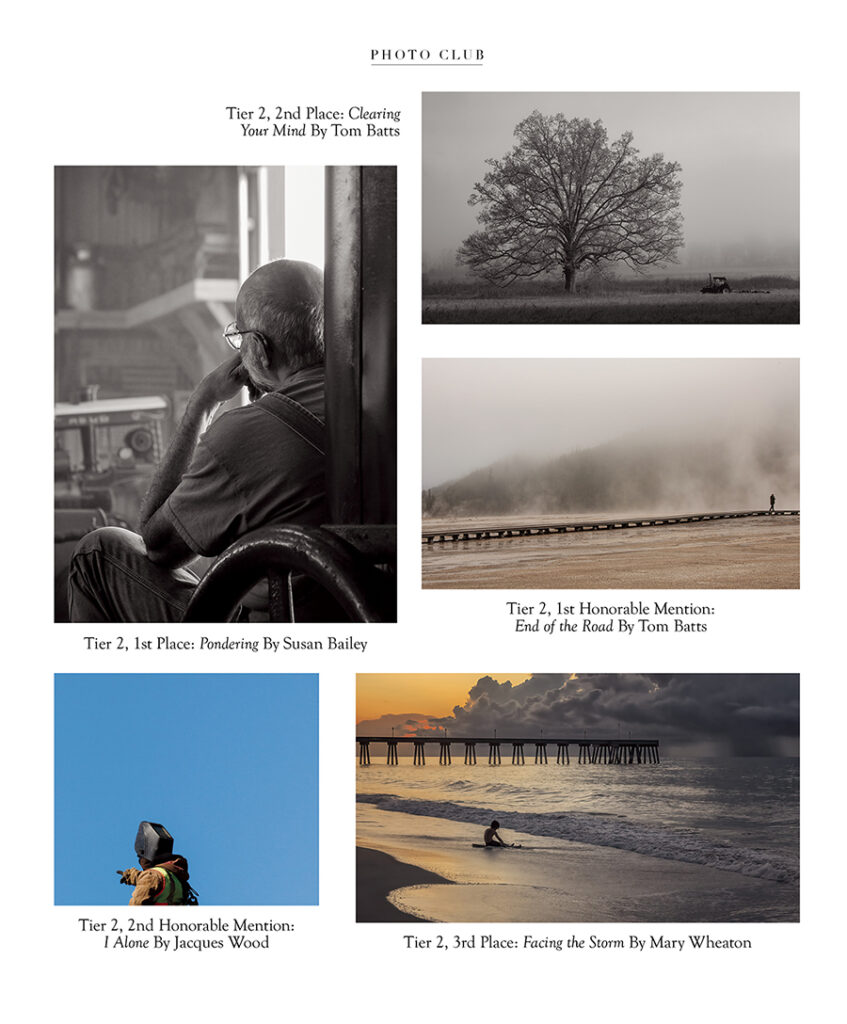
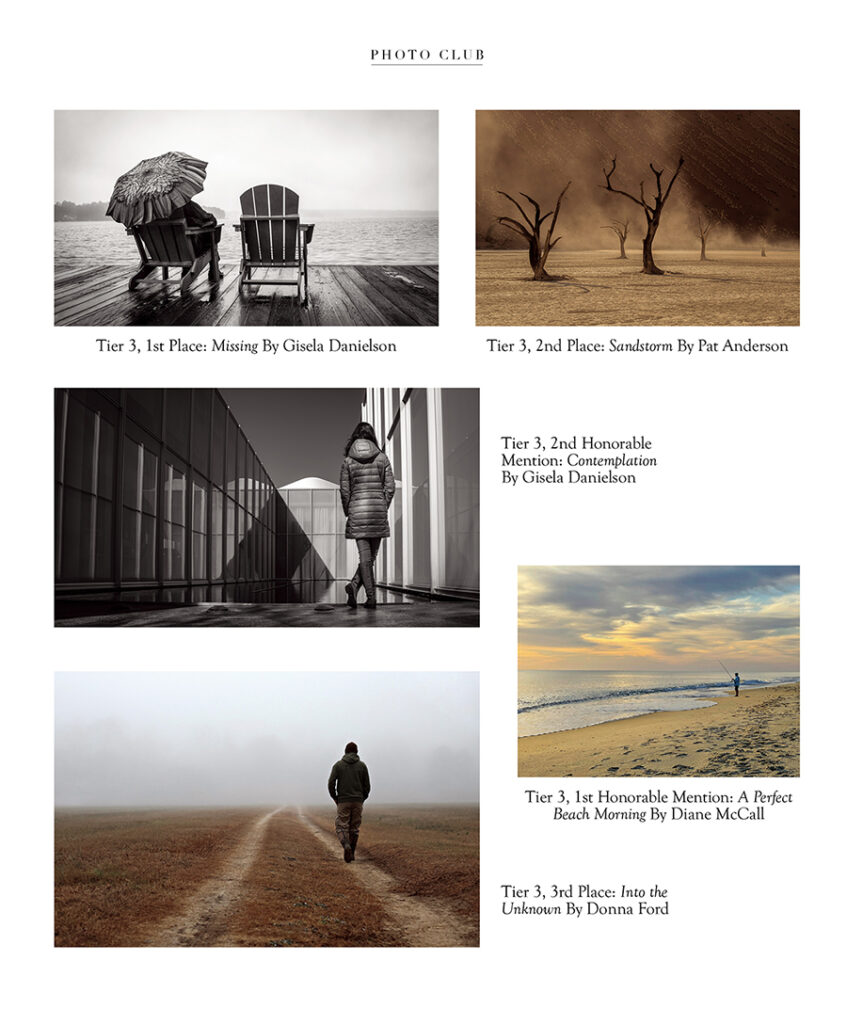
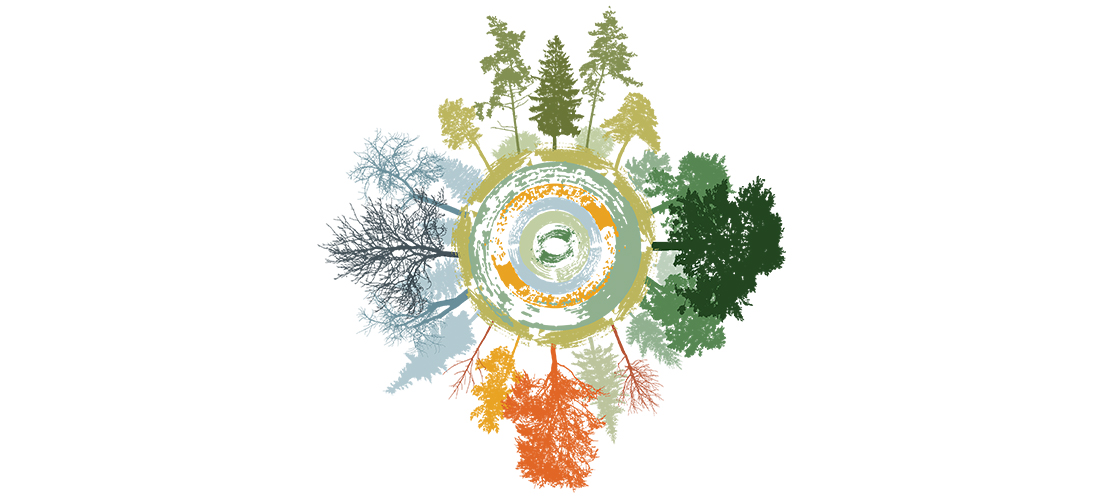
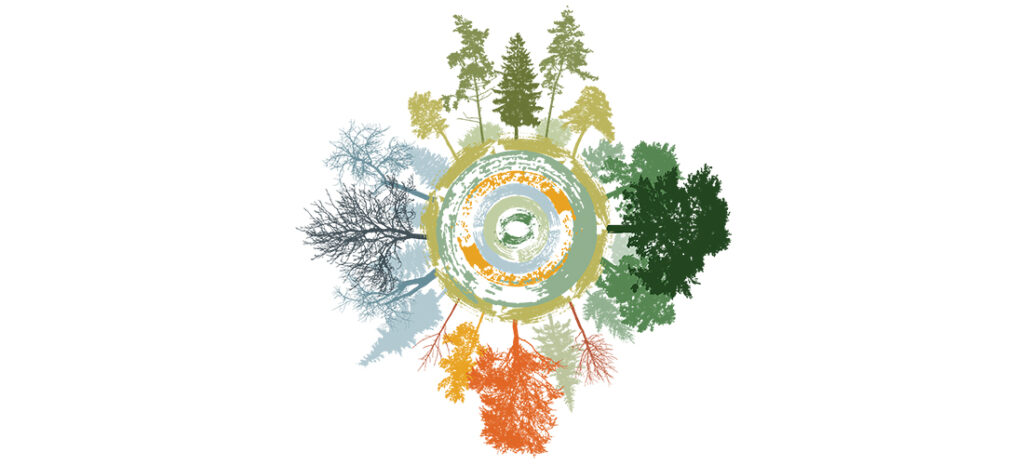
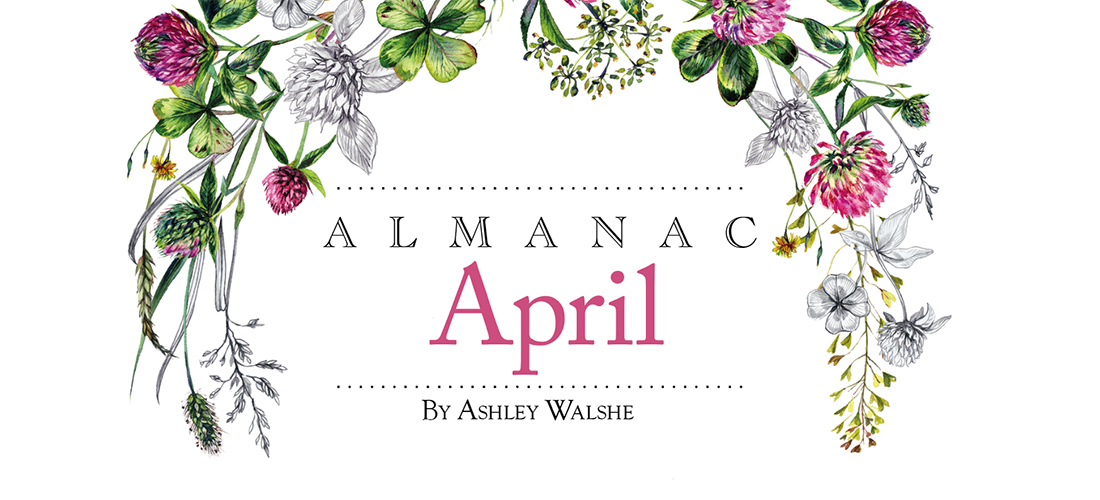
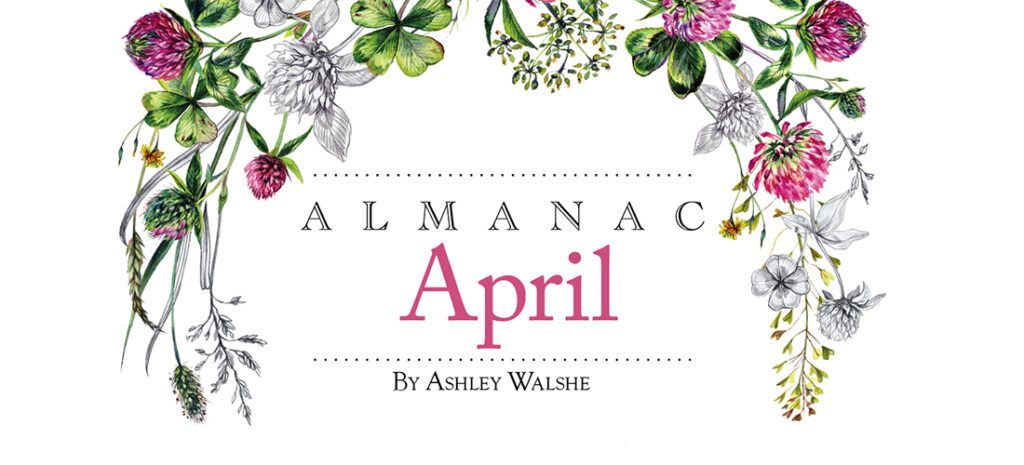
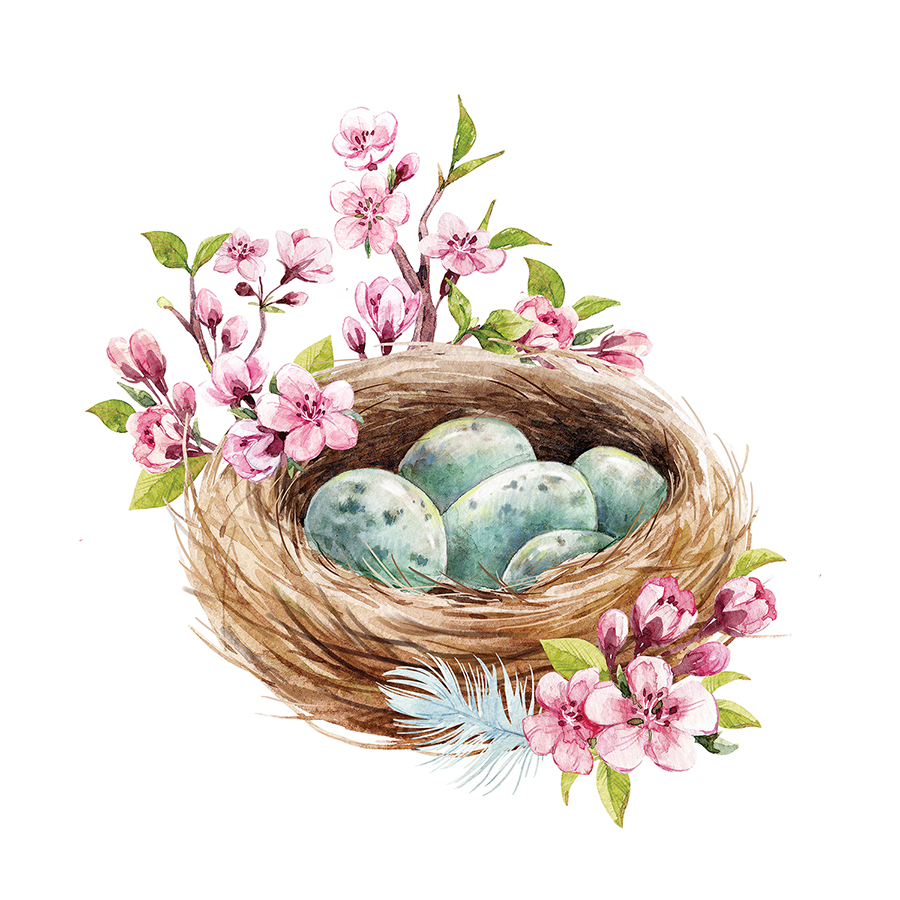 A
A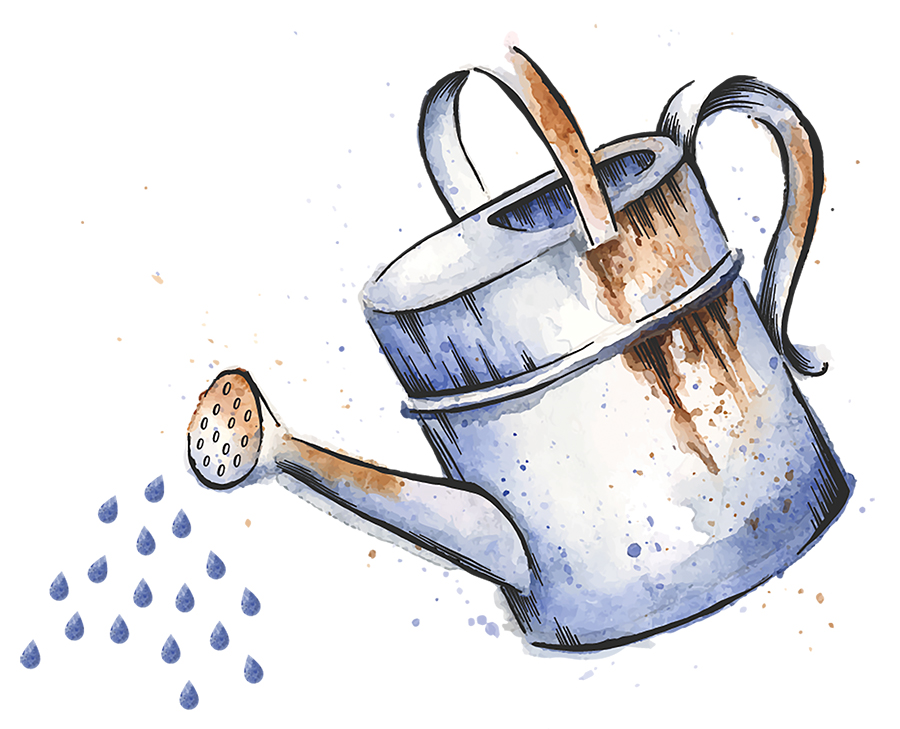 Earth Day is celebrated on Monday, April 22. Make it a garden party. Or, better yet, a garden-planting party.
Earth Day is celebrated on Monday, April 22. Make it a garden party. Or, better yet, a garden-planting party.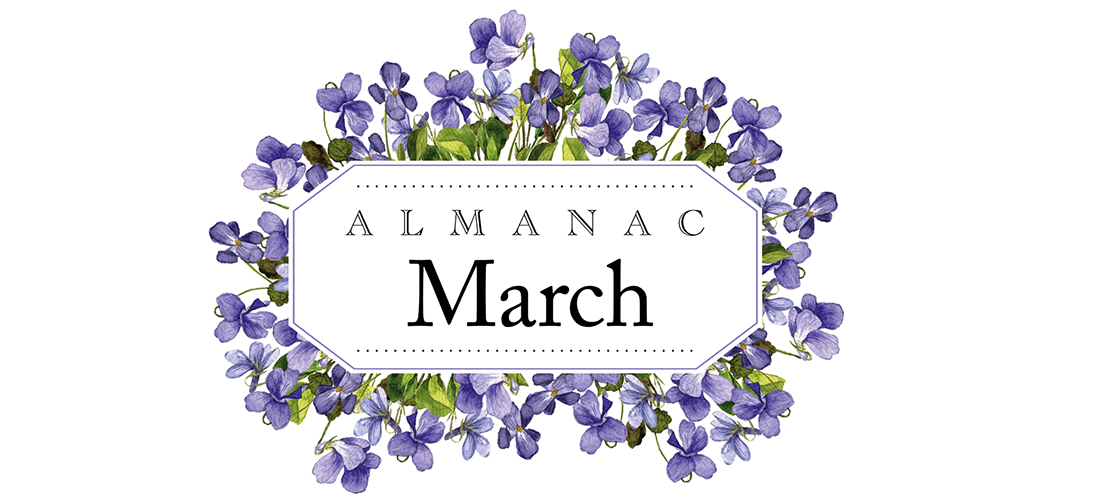
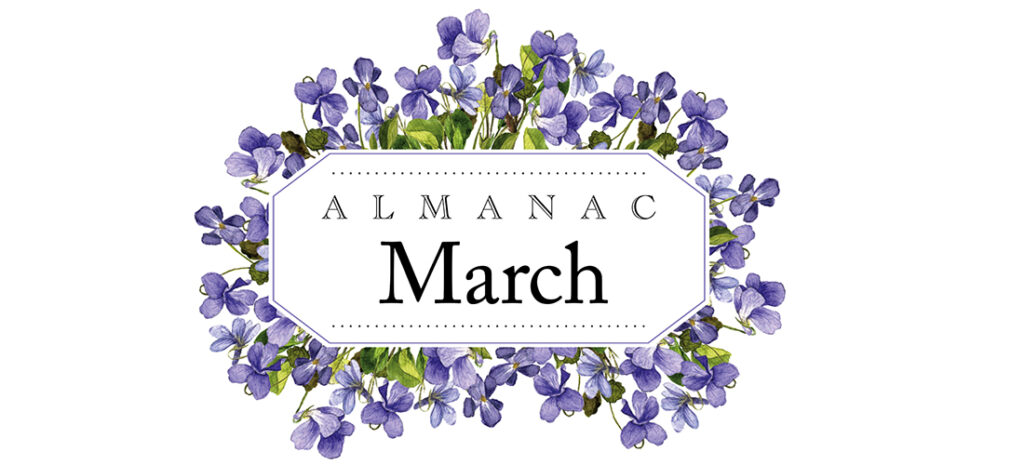
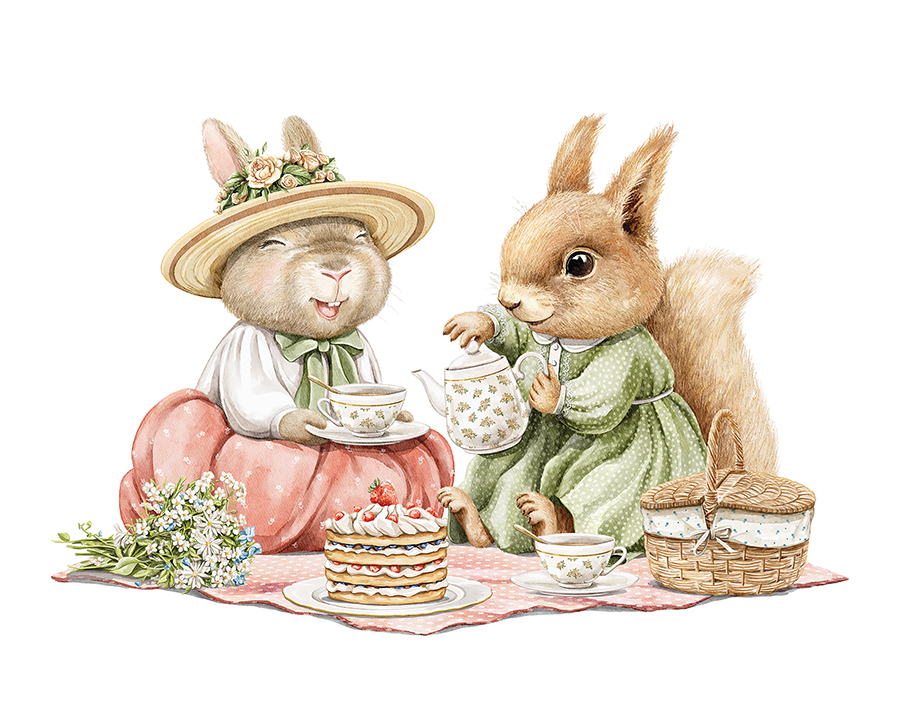 M
M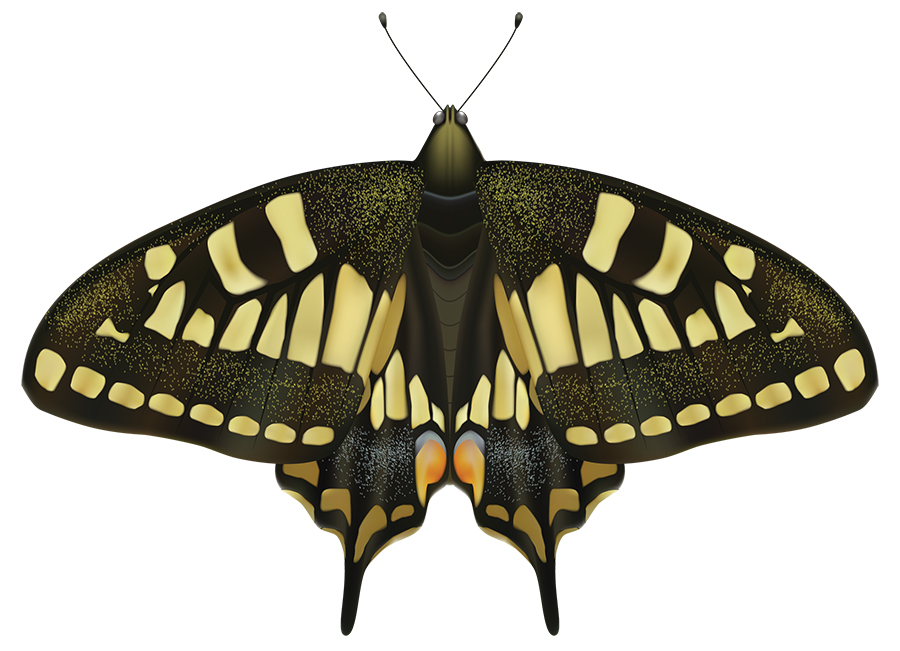 “The first day of spring is one thing,” wrote the late poet and author Henry van Dyke, “and the first spring day is another.” Such is the day that the earliest eastern tiger swallowtail glides across Carolina blue skies.
“The first day of spring is one thing,” wrote the late poet and author Henry van Dyke, “and the first spring day is another.” Such is the day that the earliest eastern tiger swallowtail glides across Carolina blue skies.